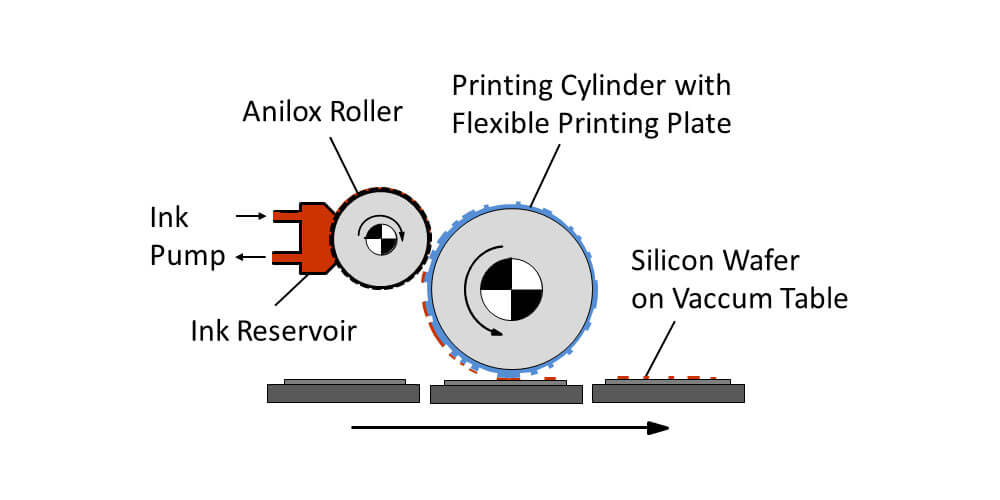Flexographic printing, well known as flexo printing, is a method that uses a flexible relief plate to transfer ink, each color at a time, to a non-porous substrate. Unlike traditional techniques, this printing technology produces high-quality labels due to its advancement over the years. The numerous innovations have made it the most reliable way to custom make labels at high speeds. There is new and advanced equipment required to facilitate this process. Check out https://www.laserengravingmanufacturers.com/flexo-printing-plate-making/ for great machines. In this write-up, we look at the benefits of flexographic printing.
Benefits of Flexographic Printing
1. Versatility
Different substrates work well with this printing, such as porous and non-porous materials. Non-porous materials are used more such as paper, acetate, or foil. Fast-drying inks like solvent-based and metallic inks are also suitable as there is no limitation to the colors you would like to use for the printing. Its ideal for printing using solid colors on any substrate. Several layers of ink can get used to attain the required saturation level as it dries quickly. Flexography is well known for developing labels like those found on food wrappers, cartons, wallpapers, etc.
2. Production Speed
Flexo printing technology is well known for its high speed of goods production. This can be attributed to the advanced equipment used. The machines require a shorter time to produce the labels, unlike with traditional ways such as lithographic printing. The fast-drying inks ensure the viscosity is low, and the cleaning process, especially with water-based inks, is way quicker. The printing steps are combined in one machine, e.g., die-cutting and laminating. This ensures the production takes place continuously and more products are produced in a shorter time.
3. Economical
Flexographic printing plates are expensive, and this technology is best for long print runs. Changing from one run to another takes a lot of time; thus, too much cost is incurred; hence long runs are preferred. They last longer and save on costs. The high speed of production allows for the development of a high volume of goods, which leads to increased profits. It is cheaper to produce huge bulks of products at a go compared to single productions. The easier cleaning and maintenance means low cost; hence goods are sold at an affordable price to clients. Labor costs also get reduced as the machines used are automated.
4. Durability and Safety
When it comes to food-related products, it is essential to have print labels that are not harmful to the body and last long on the packaging. The traditional inks used in the past are not ideal as they don’t adhere to the food packaging, which is mostly plastic, or non-porous materials. Flexo printing bonds the labels to the surface without any chance of deteriorating. Also, the ink used does not flake, wear off, or degrade.
5. Easy to Operate
The plate making process is easy, and you can print several images using a single template. The plate is durable and produces consistent images throughout the process.
Conclusion
Flexographic printing has many advantages that surpass traditional methods. It’s ideal for commercial and consumer applications due to its flexibility, high-quality products, and versatility.
